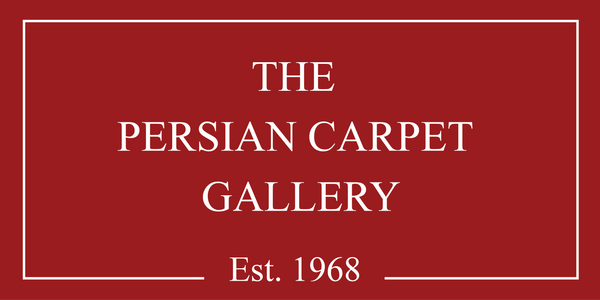Loom to Living
Crafting a high-quality hand-woven rug is a laborious process that can span months, and in some cases, even years. Rug weaving demands meticulous attention to detail and unwavering dedication throughout its various stages, which we will delineate below.
To commence the weaving journey, the requisite materials must be meticulously gathered. The quality of materials, meticulously selected and prepared, significantly impacts the rug's final quality, underscoring the importance of this preparatory phase.
The primary materials employed in handwoven rugs encompass wool, cotton, silk, and jute, often interwoven in diverse combinations. Among these, a prevalent choice is wool piled onto a cotton foundation. High-grade wool sourced from well-nurtured sheep, typically inhabiting elevated and cooler regions, forms the basis. Surprisingly, factors such as the sheep's age, diet, and habitat significantly influence wool quality. The pinnacle of wool quality is kurk, harvested from lambs' chests and shoulders. The freshly sheared wool undergoes washing, combing, sorting, and hand spinning before proceeding to pattern planning and wool dyeing.
 Pattern planning precedes wool dyeing in the rug-making sequence. This stage involves meticulous mapping of knot placement and color selection, typically outlined on graph paper or detailed instructions. Subsequently, the selected yarn undergoes dyeing, a meticulous process often entrusted to seasoned carpet-dyers boasting expertise in natural dye-stuffs.
Pattern planning precedes wool dyeing in the rug-making sequence. This stage involves meticulous mapping of knot placement and color selection, typically outlined on graph paper or detailed instructions. Subsequently, the selected yarn undergoes dyeing, a meticulous process often entrusted to seasoned carpet-dyers boasting expertise in natural dye-stuffs.

The initial weaving step involves stringing the loom, the frame essential for rug cohesion during weaving. Persian and oriental rugs employ either vertical or horizontal looms, with upright structures firmly secured by ground-driven pegs. The weaving process then ensues, with rugs crafted through either knotting or flat weaving techniques. Knotted rugs evolve gradually from the loom's bottom, with each knot meticulously tied to form the pile, while flat woven rugs eschew knots, relying on wefting for pattern creation.

The concluding phase entails rug washing, enhancing its luster and purging accumulated dust and debris. Upon completion of these meticulous steps, the rug is primed for market display, a testament to the craftsmanship and artistry underlying its creation.
